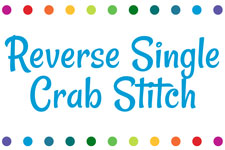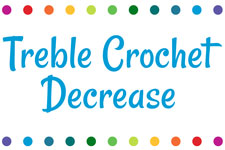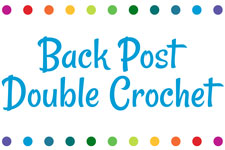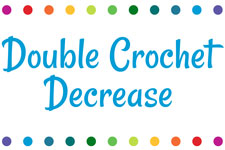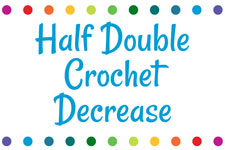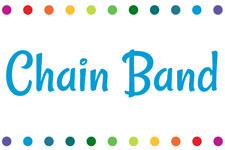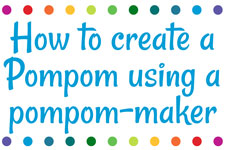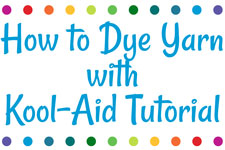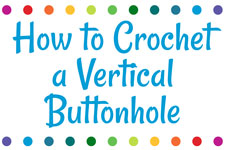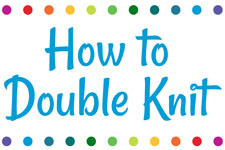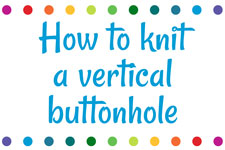How to Check Your GaugeBack to Search |
| Posted: Wednesday, December 15, 2010 |
| Last Updated: Wednesday, January 19, 2011 |
Our very own Jeanne stars in this knitting instructional article about how to check your gauge. We hope you enjoy it!
Checking your gauge may seem like a hassle, but taking the extra time to knit yourself a swatch can make a huge difference in your finished project. I learned my lesson the hard way by assuming I was better than swatching, which resulted in not one, but two sweaters that would have looked great on me... if they'd been a size and a half smaller. Long story short-thoroughly check your gauge, you won't regret it! In this video Jeanne, Empress of Everything Knitting, shows you just how easy this time-saving trick can be! 1. Before starting a project, especially when specific measurements are involved, it is important to knit up a swatch to check your gauge. 2. Most swatches are about 4" x 4". This ensures that you get an accurate idea of your gauge. Just a couple of rows, 5-6 stitches across, isn't going to cut it as edge stitches are notorious for inaccurate stitch counts. 3. It is also important to wash and block your swatch before starting a project. Often fibers will behave differently after contact with water and this can noticeably alter your gauge. 4. If your project calls for more than 1 needle size, you do not have to go through the process of creating multiple swatches! Simply knit a continuous swatch switching needles every 4 inches and mark the spot where you changed needles with a stitch marker or a piece of waste yarn. 5. Once you have blocked your swatch, use a ruler or Knit Check (such as the Susan Bates Knit Chek that Jeanne is using) to measure the width of your stitches. Remember to avoid those tricky edge stitches and measure the most even stitches in the middle of your swatch! 6. Before counting stitches, it is important to quantify a stitch. One knit stitch in stockinette stitch looks like a little upside down V with the wide part at the bottom and the pointy part at the top. To count stitches, use your ruler to find out how many stitches across fit into one inch. You can also check your gauge vertically, but this number is much less important than your horizontal gauge and has little effect on your finished product. Posted by Laura of Jimmy Beans Wool |
| We hope you enjoy this article! This article and the associated photos are only for personal non-commercial use and are not for resale. All rights reserved. Permission granted by Jimmy Beans Wool and myKnitting.com to copy and share this article for non-commercial personal use. Users do not have permission to display on any retail or wholesale website other than www.https://www.JimmyBeansWool.com and www.myknitting.com without express permission from Jimmy Beans Wool. |


